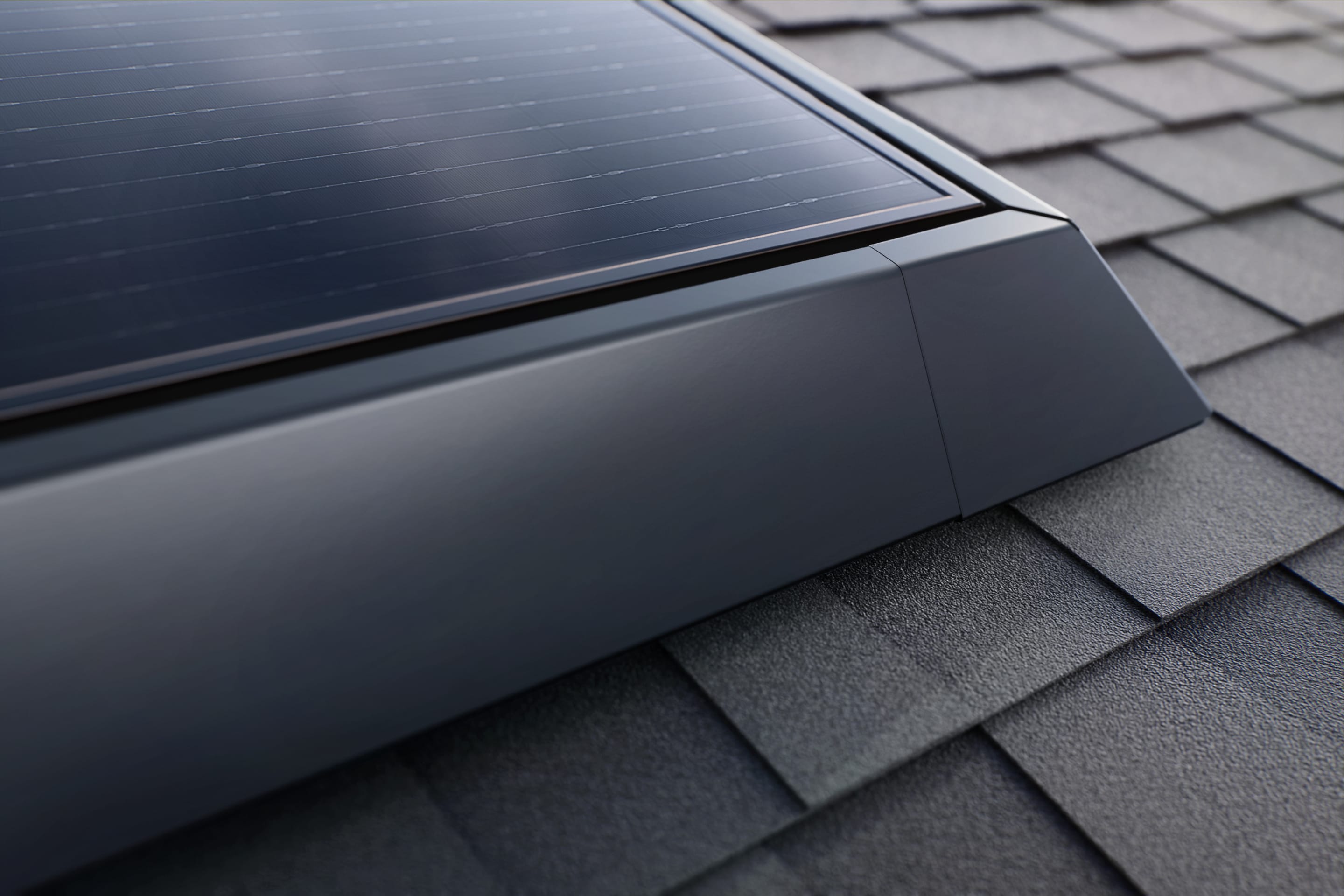Decision on solar metering rules: Utilities vs. rooftop solar customers
It pits competing visions for California’s energy future: continued dependence on a centralized grid operated by large investor-owned utilities like Pacific Gas & Electric against accelerated investment in networks of locally distributed electricity generation and storage on millions of rooftops and garages.
Big, investor-owned utilities have much at stake, starting with the receipt of billions in new proposed monthly fees, exceeding $100 per solar customer. Distributed electricity generation and storage threaten the big utilities’ business model: although they earn returns when investing ratepayer dollars in their own grid infrastructure, they earn nothing from ratepayers’ own investments in solar and batteries.
Don’t expect putting transmission lines underground to provide immediate relief from wildfires and smoke-poisoned air, though: at its recent rate, PG&E will complete the endeavor in about 143 years. In contrast, a strategy focused on growing distributed energy generation and storage could dramatically improve local communities’ resilience despite a faltering grid, while saving every California ratepayer $295 annually – as much as $120 billion over 30 years. We have reached a crossroads for California’s energy future. Punitive fees and net metering backsliding undermine the very solar investments that made California a global leader in clean energy access. Fighting climate change requires all of us to make a difference – not merely those who can afford it.
Yeah your DER argument is basically all I could think of to leave as a public comment on the CPUC rulemaking portal on NEM 3.0.
The new NEM 3.0 proposal would severely harm private DER investment. Two CPUC appointees, Darcie L. Houck and Genevieve Shiroma, are strong DER proponents. I want to hear how they think this new NEM 3.0 will actually help their DER policies... which both involve investment coming from the private sector to accomplish the state-wide goal.








